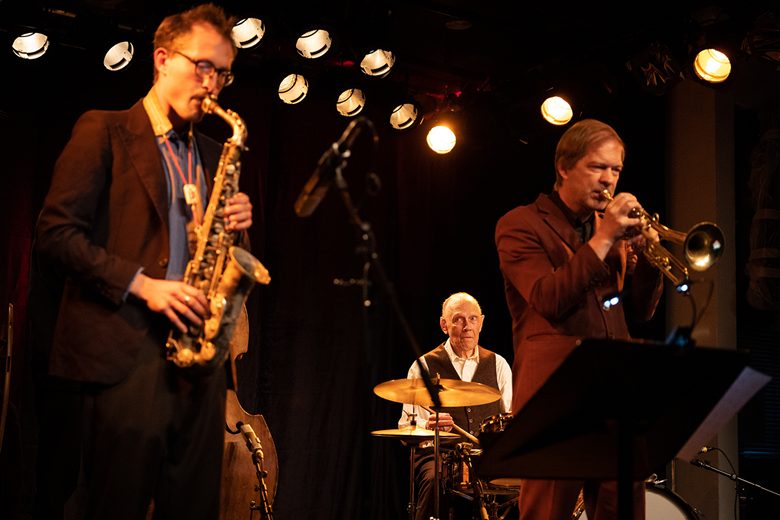Sven-Åke Johansson, Alex von Schlippenbach and Rodrigo Amado among Jazzfest Berlin’s 2022 highlights
Martin Longley
Tuesday, December 20, 2022
Back to full strength for its post-pandemic return in November, Jazzfest Berlin triumphs once more with its innovative left-field programming


Register now to continue reading

Thank you for visiting Jazzwise.co.uk. Sign up for a free account today to enjoy the following benefits:
- Free access to 3 subscriber-only articles per month
- Unlimited access to our news, live reviews and artist pages
- Free email newsletter